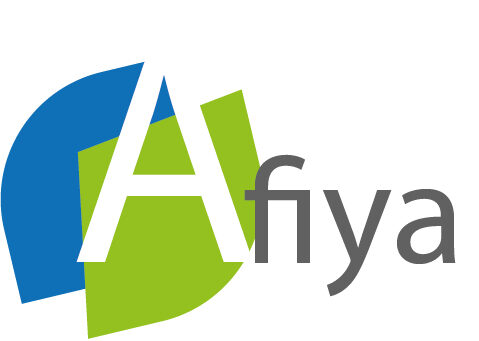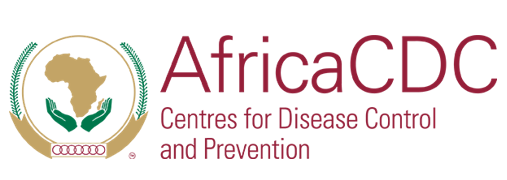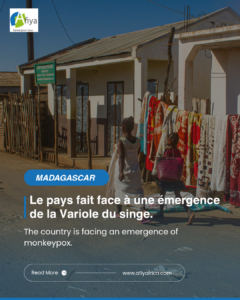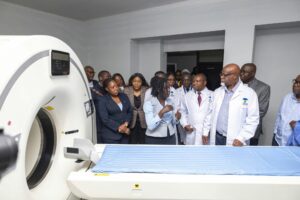The new plan requires $231.7 million for supplies and response, plus $100 million to scale African Oral Cholera Vaccine production
The Africa Centres for Disease Control and Prevention (Africa CDC) and the World Health Organization (WHO) launched a six-month 1.0 continental preparedness and response plan against cholera under the leadership of H.E. President Hakainde Hichilema, the African Union Cholera Champion, in Lusaka, Zambia, on 26 August.

President Hichilema has led the rallying call for African political leaders as key actors and champions of change. In June 2025, he rallied African Heads of State to commit to accelerating investment, cross-border coordination, and vaccine access to eliminate cholera by 2030. That commitment has now led to the new plan.
The plan is built around seven priorities: strengthened coordination, enhanced surveillance, expanded laboratory capacity, effective case management, WASH interventions, vaccination, and community engagement. It will be driven by the Continental Cholera IMST, integrated with the Mpox IMST, and co-led by Africa CDC and WHO to deliver rapid, coordinated responses while leveraging technical expertise and logistics support.
In parallel, Africa CDC and WHO will support the AU Cholera Champion in establishing the African Continental Task Force on Cholera Control. This body will bring together Member States and key partners to align with the 2030 Global Cholera Elimination targets, create National Presidential Task Forces, and mobilize resources, including vaccines, to accelerate elimination across Africa.
Africa CDC notes that cholera is a major public health challenge on the continent, accounting for 82% of global cases and nearly 94% of cholera-related deaths. Between September 2025 and February 2026, Africa is projected to face more than 200,000 cholera cases and 6,020 deaths — a 42% surge in cases and a 98% rise in deaths compared to 2024, if current interventions remain unchanged.
The new plan requires $231.7 million for supplies and response, plus $100 million to scale African Oral Cholera Vaccine production.
“Today’s launch of the Continental Cholera Outbreak Response Plan marks a major milestone, a turning point in how political leaders engage alongside technical experts to address Africa’s public health challenges,” said H.E. Dr Jean Kaseya, Director General of Africa CDC, at the launch.
“Their leadership, matched with Africa CDC’s technical guidance and the solidarity of our partners, will move us closer to a continent free of epidemics, free of cholera, and resilient against future threats,” he added.
In a joint foreword to the plan, Dr Kaseya and Professor Mohamed Yakub Janabi, Regional Director, WHO-Afro, emphasized: “We have learned that only through solidarity, shared responsibility, and regional collaboration can we effectively respond to complex health emergencies like cholera.”
“To efficiently respond to this outbreak, leveraging the successful model of the Continental Incident Management Support Team (IMST) is critical. The IMST has proven effective in coordinating multi-country responses to mpox with its ‘4-One’ principle — one team, one plan, one budget, and one monitoring framework — which ensures strategic coherence, operational efficiency, and accountability across Member States and partners,” they noted.







OTHER ARTICLES
Nigeria launches large-scale vaccination campaign to protect 106 million children against measles, rubella and polio
DRC: Ebola Vaccination Campaign Launched in the Kasaï Region
Cholera: An Escalating Public Health Threat in Africa